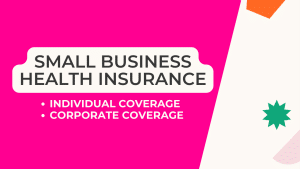This topic came from one of my free monthly Ask Me Anythings for self-funded founders. To join the next one, make sure you’re on the list: www.thejilljames.com/ama
In the last few weeks, I’ve been increasingly drawn into conversations about credit card fees, sometimes called merchant discount rates (MDRs). As small business budgets get stretched, founders are taking a closer look at the 1.5 – 3.5 % they pay for payment processing.
In fact, I’ve talked with more founders that are considering whether to pass these fees through to the end customer, move to ACH payments, or even go back to (gasp) checks.
Bottom line or customer experience?
You’re a contemporary consumer. Think about how you pay for things. Do you prize convenience? Do you appreciate the customer experience of ease without friction? Do you…even have checks?
In seven years, I have printed three business checks, one of which is Sharpied with “VOID” for when I need proof of account. I have two more because the bank had a minimum run of three.
I used to leave my house with $20, my phone, and one credit card. Now I just take my phone, which has 12 ways that I can pay for personal or business expenses. Farmers market and bacon wrapped hot dog vendors take Venmo.
I got $200 of “just in case” cash out of the bank in March. I replenished it last week.
As a small business, you no longer have the luxury of being an unsophisticated operator. “Mom and Pop” cash operations died with COVID. You can cultivate a brand and customer experience that’s boutique, accessible, artisanal, down-to-earth, personalized, curated, retro, homey, authentic…but you can’t operate like it’s 1982.
In a post-COVID world, the convenience of cashless and online payments are expected. If you are not rapidly moving into cashless processing, online accounting systems that can be automated to reconcile transactions and track sales tax, CRM systems that allow you to automate scheduling and lead generation, digital signatures…you’re making a lot of extra work to run your company and introducing a huge amount of incremental finance risk to your business.
Your job as the head of Accounts Receivable is to get money into your account as fast as possible. Minimize the chase. Most of my recurring charges take place between 1 and 4 AM PT on the 1st of the month and can be in my bank account in as little as a few hours. Get the cash fast: that is my working capital plan.
Before you fee up
If you’re unswayed, there’s some work you need to do before you just lob a “convenience fee” or surcharge onto your customer.
First, make sure it’s legal. In Connecticut, Massachusetts, and Puerto Rico, you cannot penalize someone for paying with a credit card. Maine and New York require specific disclosures. Several more states have laws that require you to record a lower price for cash or debit cards as a discount. If you’re operating in more than one very limited place (such as your corner gas station), this might be harder to administer than you anticipated.
Secondly, know the difference between convenience fees and surcharges. Legally, these are different things and have different compliance rules. Here’s a detailed summary to help you get it right.
Thirdly, stay on the right side of processor rules. Visa, Mastercard, American Express, and Discover all have very specific rules about convenience charges and surcharges where allowed. You may have to notify your merchant processor before initiating either of these.
If a customer complains that you’ve marked up your fees or improperly charged extra for using a credit card, you may get a letter from a state attorney general asking you to cease and desist, and you could lose your merchant processor for violating their terms and conditions.
Finally, if the fees are too damn high, try to negotiate. Before you charge your customers, take the initiative to call your merchant processor. Ask about breakpoints you might be eligible for based on total volume or average transaction size. Merchant fees can be negotiated.
If your processor won’t play, shop around. Many of us activated Stripe, Square, or Quickbook Payments out of convenience. Convenience means higher costs. Evaluate if you have a better option that integrates into your operating architecture. Smaller processors offer lower breakpoints. Banks offer wraparound services based on your overall balance, loans, and services with them.
The bottom line is, it’s probably not worth risking your customer relationships when you have other options to offset these fees. If inconveniencing your customers, introducing friction into your relationships, and pinching everyone’s cash flow over 2-3% is make or break for your business, you have a different problem.



